
Recently, there was an ABC News report on a family of six who spent only $350/month on groceries. Self-proclaimed as "America's Cheapest Family," together they hunt the grocery deals, utilize their extra freezer to store bargains, and work together to keep their extraordinarily cheap grocery budget!
I have been on many coupon threads listening to other moms boast about spending $40/week to feed their families of four. As impressive as it may sound, their grocery lists (and what $40 actually bought them) left me sickened as I am sure it will, eventually, them too...
12 Bottles of soda, gobs of cookies and other snacks, ice cream, chips, Pop Tarts, not to mention the "juice" by the truckloads (which rarely actually contains any juice -- but, hey, it was only .40!), and the 4 loaves of white bread that will now take room in that extra freezer.
I have been on many coupon threads listening to other moms boast about spending $40/week to feed their families of four. As impressive as it may sound, their grocery lists (and what $40 actually bought them) left me sickened as I am sure it will, eventually, them too...
12 Bottles of soda, gobs of cookies and other snacks, ice cream, chips, Pop Tarts, not to mention the "juice" by the truckloads (which rarely actually contains any juice -- but, hey, it was only .40!), and the 4 loaves of white bread that will now take room in that extra freezer.
Over time, $40/week will create a gigantic stockpile of cheap foods that are filled with the 5 ingredients we are continously told to ban from our diets: Hydrogenated oils, Sugars, High fructose corn syrup, Enriched flour, and Bleached flour. Eating these foods may save you a few bucks (because it's actually quite inexpensive to produced them), but the effects on your health, behavior, development, and waistline are unsettling!
Loading up on those bargains may save you some dough, but at what price?
Isn't your family worth more than that?
Loading up on those bargains may save you some dough, but at what price?
Isn't your family worth more than that?
The next time you are planning your shopping trip, toss the Keebler coupons aside (gasp!) and resist the urge to buy those snacks that you know are not doing anything to promote good health.
Instead, try to add some of these cheap, healthy foods instead:
- Oats - Cheap, filling, high in fiber and lowers cholesterol (I prefer steel-cut.)
- Eggs - Excellent source of protein -- They are also a good source of the antioxidants lutein and zeaxanthin, which may ward off age-related eye problems. I highly recommend organic, free-range (cage free) and grain fed eggs.
- Kale - This dark, leafy green is loaded with vitamin C, carotenoids, and calcium. Like most greens, it is usually a dollar a bunch. Chop up and add to a stir-fry.
- Sweet Potatoes - Although high in sugars and carbs, they have lots of beta carotene, are dirt cheap, and have endless culinary possibilties.
- Apples - Inexpensive, easy to find in oragnic varieties that usually aren't much more
- Walnuts and Almonds - Not the Roasted, salty versions but raw nuts are healthiest for you. These can be slightly toasted without ruining the good fats and added to so many dishes or served as a healthy snack.
- Bananas - High in potassium and fiber -- organic varieties are usually just pennies more.
- Beans - Black, Red, Garbanzo, Lima, Lentils... so many varieties, so much fiber. beans are a great source of protein and fiber, but they are also high in fiber, iron, folate, and manganese, and may help reduce cholesterol levels. Cans of organic beans are usually the same price as brand names. Make a 3-bean chili, add a heap to your salads, or make Black Bean Enchiladas!
- Broccoli - I often find the organic is the same price as the regular, pesticide-laden variety. Broccoli contains tons of nice nutrients—calcium, vitamins A and C, potassium, folate, and fiber. As if that isn’t enough, broccoli is also packed with phytonutrients, compounds that may help prevent heart disease, diabetes, and certain cancers. Plus, it’s low in calories and cost.
- Melons - Get a healthy dose of vitamin C and antioxidants. Plus, watermelon is 90% making it an easy way to hydrate.
- Wild rice - It won’t cost you much more than white rice, but wild rice is much better for you. Low in fat and high in protein and fiber, this gluten-free rice is a great source of complex carbohydrates. It packs a powerful potassium punch and is loaded with B vitamins. Plus, it has a nutty, robust flavor.
- Beets - Their natural sugars make them sweet to the palate while their rich flavor and color make them nutritious for the body. They’re powerhouses of folate, iron, and antioxidants. After you boil them, you can use the dyed water as food coloring!
- Butternut Squash - Cheap when in season and full of fiber and Vitamins A & C
- Whole Grain Pasta - Can be just as cheap (but more filling and definitley healthier) than the traditional variety
- Spinach - Less than a dollar and full of Vitamin C, iron, and trace minerals
- Pumpkin Seeds - Goldmine of magnesium, protein, and trace minerals
- Carrots - Cheap, organic baby carrots loaded with fiber, beta carotene, potassium and vitamin C and B6
- Cabbage - Cheap and very yummy roasted with some minced garlic
I don't spend $40/week on groceries, and that's OK. I do, however, save an average of 50% on my grocery bill every time -- sometimes I save more, rarely is it less. It is possible to be frugal, thrifty, and smart about your spending without sacrificing your health.
I encourage you to make changes in the way you feed yourselves and your family. You can start by reading Dr. Oz's wonderful article on the 5 Ingredients to Avoid.
I would love to hear your cheap, healthy tips as well -- please leave a comment on your favorite cheap eats!
























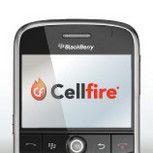






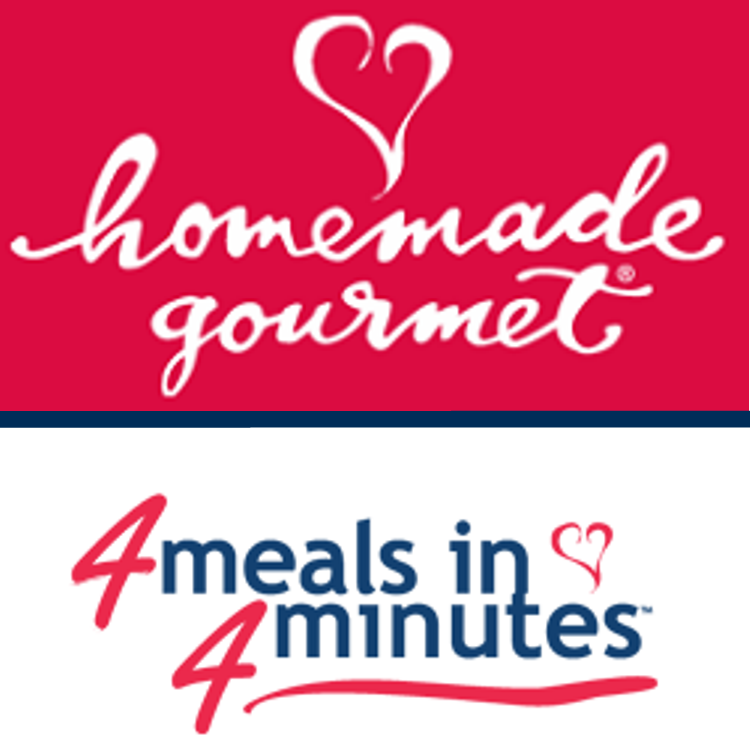














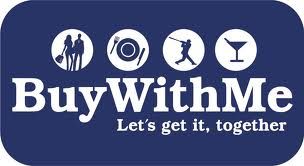
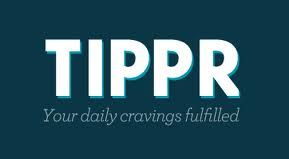


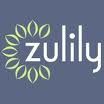




0 comments:
Post a Comment